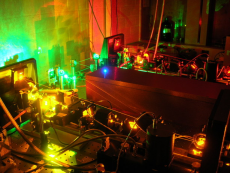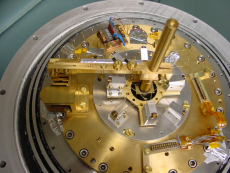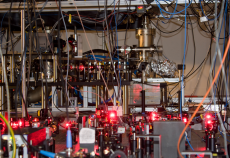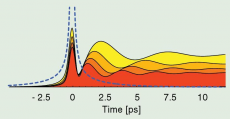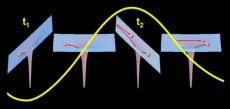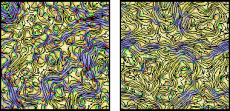CQD Special Seminar
29. October 2019 11:00
CQD-Lounge, 00.301, Physikalisches Institut, INF 226Towards quantum simulations with strontium in state-dependent optical lattices
Dr. Sebastian Blatt
Max-Planck-Institut für Quantenoptik, Garching
In the last two decades, quantum simulators based on ultracold atoms in
optical lattices have successfully emulated strongly correlated
condensed matter systems. With the recent development of quantum gas
microscopes, these quantum simulators can now control such systems with
single-site resolution. Within the same time period, atomic clocks have
also started to take advantage of optical lattices by trapping alkaline
earth metal atoms such as Sr, and interrogating them with precision and
accuracy at the 1e-18 level. Here, we report on progress towards a new
quantum simulator that combines quantum gas microscopy with optical
lattice clock technology. We aim to trap ultracold Sr atoms in
large-mode-volume and state-dependent optical lattices to emulate
strongly-coupled light-matter-interfaces in parameter regimes that are
unattainable in real photonic systems.
Towards this goal, we report on
(1) A narrow-line magneto-optical trapping technique that outperforms
standard techniques in terms of speed, robustness, and capture
fraction;
(2) A monolithic in-vacuum optical buildup cavity with two crossed
modes with mode diameters of 0.8 mm.
(3) The most precise measurement of a tuneout wavelength to date which
in combination with state-of-the-art atomic structure calculations
improves the dominant systematic uncertainty of Sr lattice clocks;
(4) A proof-of-principle experiment where we demonstrate stable
trapping of 3P0 atoms in a one-dimensional optical lattice at the
ground state tuneout wavelength.
tba
Prof. Dr. Giovanna Morigi, Naturwissenschaftlich-Technische Fakultät, Universität des Saarlandes, KIP, HS 2


